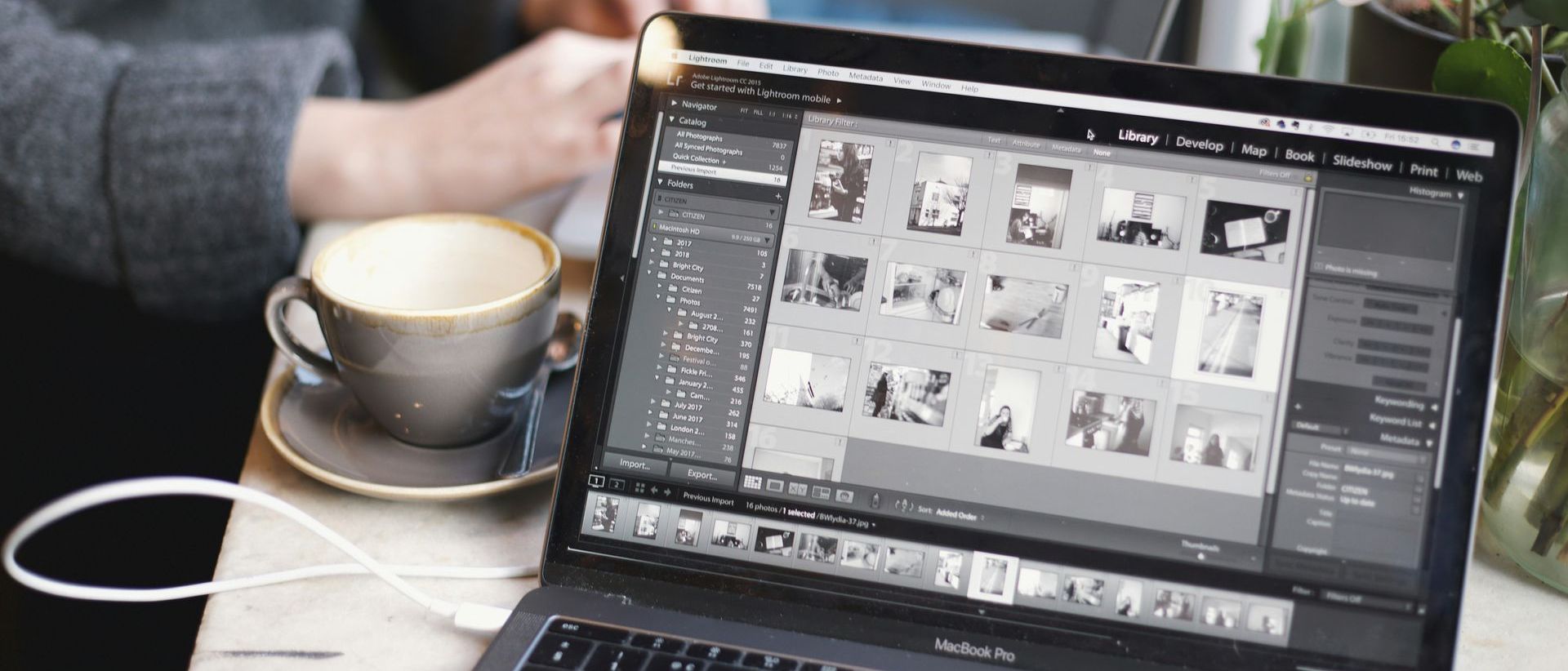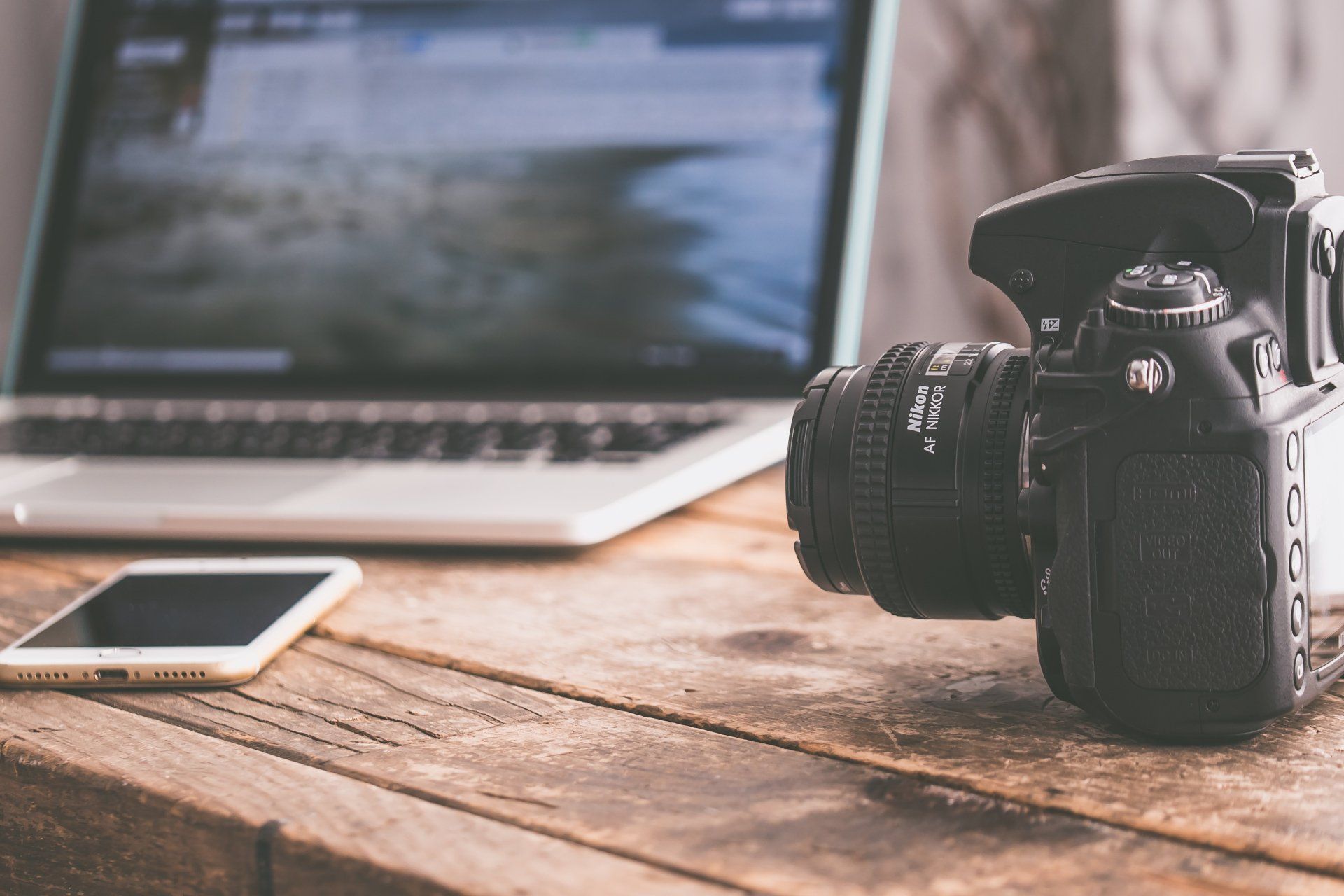SEO: Optimizing Images to be Found Online
Making Your Images Searchable

When it comes to imagery, many of us—be it illustrators, digital artists, photographers, or videographers—are well-versed in the art of preparing our visuals for the web. We know the importance of choosing the right file type, ensuring optimal image sizes for faster loading times, and adapting our creations to suit various online formats. These skills are vital for sharing our content and expanding our audience reach.
In today's digital landscape, there's an additional layer to image optimization that often goes unnoticed—the SEO (Search Engine Optimization) properties of images. Yes, your images can play a significant role in boosting your search relevance online, a facet of web presence that was somewhat of a mystery to me during my photography education.
Optimizing images isn’t just about getting the visuals correct and making them visually appealing, it's about making them discoverable to the search engines. Every image on your website is an opportunity to improve your visibility in search results, drive organic traffic, and enhance user experience. Unfortunately this trick doesn’t work on your social media profiles as those platforms are not scraped by the search engines except for your profile bio.
Once the files have been optimized for the web, the title which you name the file is important. Avoid using generic names and random codes. I know that when it come to organizing files they are nice to have but or SEO we need to make sure the algorithm can find our image. Using relevant search volume keywords spaced by hyphens for the image file like “tree-desert-sunset-rock-photography.jpg” will boost that image’s ability to show up in a search with those words.
Writing alternative (alt) text for the images is not only great for SEO but for screen readers and accessibility. This is also a great back up if your image fails to load as it will display your alt text instead. Writing it very concise and specific with broad search terms about the image will help your view all around.
Just remember when saving your images for digital relevance, using .jpg, .svg, .png, and .gif are your best formats. Use a descriptive keyworded file name. Write a very descriptive alt text describing your image using good keywords. Make sure the file size is not too big, screens are small and you don’t need a huge image file.

